
Pearl River Wildlife Management Area: A Natural Haven in Louisiana
Discover the natural beauty of Pearl River Wildlife Management Area in Louisiana, a haven for wildlife enthusiasts, bird watchers, and outdoor adventurers.
The Pearl River Wildlife Management Area (WMA) in Louisiana is a sanctuary for nature lovers and outdoor enthusiasts. Spanning over 35,000 acres, this vast area is a blend of forests, swamps, and waterways. It offers a diverse habitat for a wide range of wildlife, making it a prime spot for bird watching, fishing, and hunting. Visitors can explore a network of trails that wind through the lush landscape, providing ample opportunities to observe the local flora and fauna. The area's wetlands are particularly rich in biodiversity, home to species such as alligators, deer, and a variety of bird species. It's a perfect destination for those who appreciate the tranquility and beauty of natural surroundings. Whether you're looking to cast a line in the hopes of catching bass or crappie, or simply want to enjoy a peaceful paddle down the Pearl River, this WMA offers something for everyone. The mix of hardwood forests and aquatic habitats provides a unique setting that showcases the natural beauty of Louisiana.
Local tips in Pearl River Wildlife Management Area
- Bring insect repellent, especially during the warmer months, as mosquitoes can be prevalent.
- Wear appropriate footwear for hiking, as trails can be muddy or uneven.
- Check the local hunting and fishing regulations before your visit.
- Carry plenty of water and snacks, as amenities are limited within the WMA.
- Visit during early morning or late afternoon for the best wildlife viewing opportunities.
Pearl River Wildlife Management Area: A Natural Haven in Louisiana
The Pearl River Wildlife Management Area (WMA) in Louisiana is a sanctuary for nature lovers and outdoor enthusiasts. Spanning over 35,000 acres, this vast area is a blend of forests, swamps, and waterways. It offers a diverse habitat for a wide range of wildlife, making it a prime spot for bird watching, fishing, and hunting. Visitors can explore a network of trails that wind through the lush landscape, providing ample opportunities to observe the local flora and fauna. The area's wetlands are particularly rich in biodiversity, home to species such as alligators, deer, and a variety of bird species. It's a perfect destination for those who appreciate the tranquility and beauty of natural surroundings. Whether you're looking to cast a line in the hopes of catching bass or crappie, or simply want to enjoy a peaceful paddle down the Pearl River, this WMA offers something for everyone. The mix of hardwood forests and aquatic habitats provides a unique setting that showcases the natural beauty of Louisiana.
When is the best time to go to Pearl River Wildlife Management Area?
Iconic landmarks you can’t miss
Bogue Chitto National Wildlife Refuge
Explore the breathtaking beauty of Bogue Chitto National Wildlife Refuge, a sanctuary for wildlife and a paradise for outdoor enthusiasts in Louisiana.
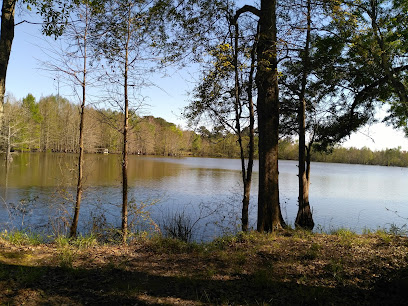
Pass A Loutre State Wildlife Management Area
Explore Pass A Loutre State Wildlife Management Area, a pristine wildlife refuge where Louisiana's rich biodiversity thrives amidst stunning natural landscapes.
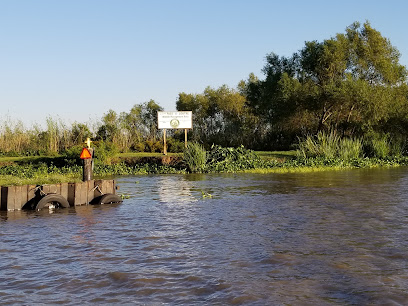
WMA Pearl River WMA Camp Grounds
Experience the serene beauty of Pearl River WMA Camp Grounds, a hidden gem in Louisiana perfect for camping, hiking, and wildlife observation.
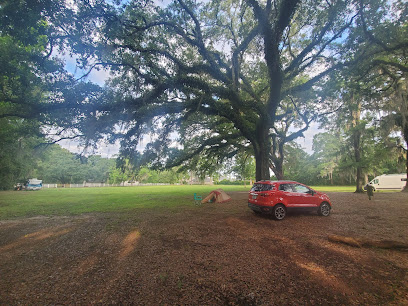
Pearl River Wildlife Management
Discover the untouched beauty of Louisiana's Pearl River Wildlife Management Area, a haven for wildlife enthusiasts and nature lovers alike.
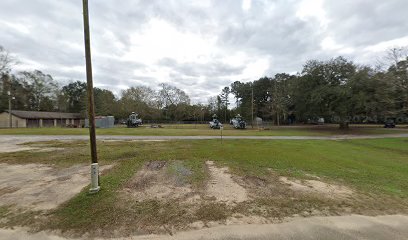
Unmissable attractions to see
Bayou Sauvage Urban National Wildlife Refuge
Explore the stunning natural landscapes and diverse wildlife at Bayou Sauvage Urban National Wildlife Refuge in New Orleans, a true haven for nature lovers.
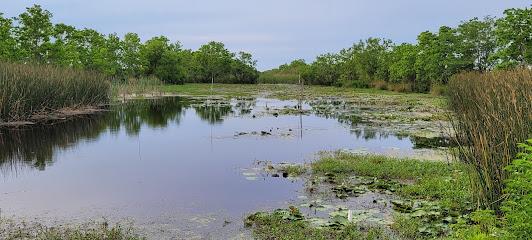
Red River National Wildlife Refuge
Discover the natural beauty and diverse wildlife of Red River National Wildlife Refuge, a tranquil escape in Louisiana perfect for nature lovers.
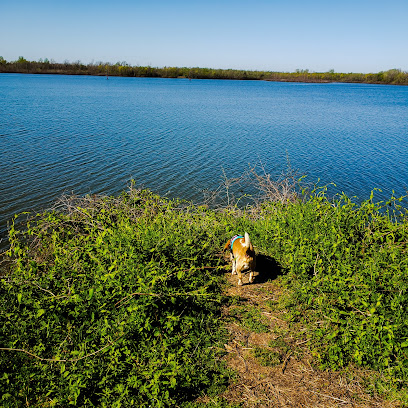
Fairview-Riverside State Park
Explore the breathtaking landscapes and diverse wildlife at Fairview-Riverside State Park, a perfect getaway for nature lovers and outdoor enthusiasts.
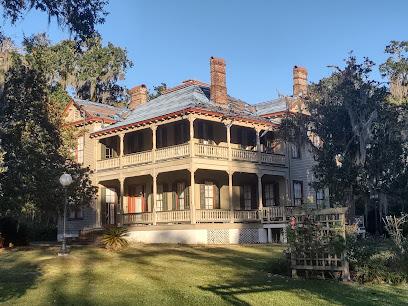
Abita Mystery House / UCM Museum
Discover the whimsical Abita Mystery House, a unique museum in Louisiana filled with quirky exhibits and local folklore that captivates all ages.
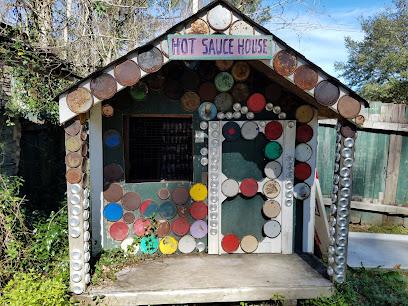
Insta-Gator Ranch & Hatchery
Discover the captivating world of alligators at Insta-Gator Ranch & Hatchery, a premier wildlife attraction in Covington, Louisiana.
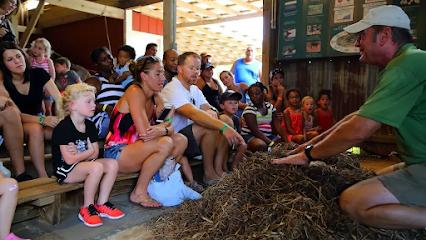
Big Branch Marsh National Wildlife Refuge
Explore Louisiana's Big Branch Marsh National Wildlife Refuge, a serene sanctuary for wildlife enthusiasts and nature lovers alike, offering diverse ecosystems and breathtaking views.
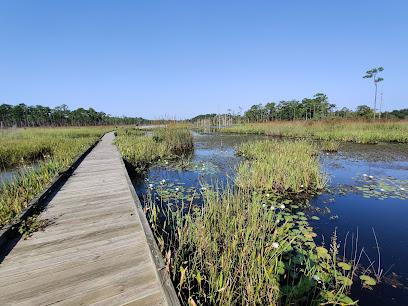
Boating Adventures - Louisiana Tours and Adventures -Tchefuncte Capt Mike
Experience the beauty of Louisiana's Tchefuncte River with unforgettable boat tours and adventures led by expert guides at Boating Adventures.

Maritime Museum Louisiana
Explore Louisiana's maritime history at the Maritime Museum Louisiana, featuring engaging exhibits and rich cultural heritage in charming Madisonville.
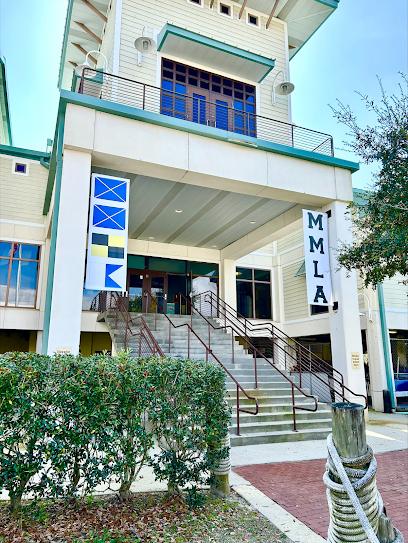
Loggy Bayou Wildlife Management Area
Explore the breathtaking habitats of Loggy Bayou Wildlife Management Area, a premier destination for wildlife enthusiasts and nature lovers in Louisiana.
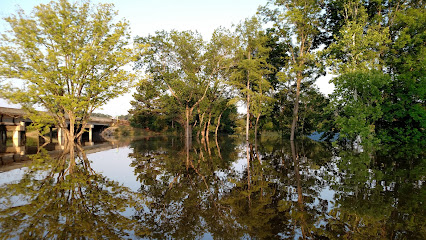
Boeuf Wildlife Management Area
Experience the tranquil beauty of Boeuf Wildlife Management Area, a wildlife refuge in Louisiana perfect for outdoor enthusiasts and nature lovers.
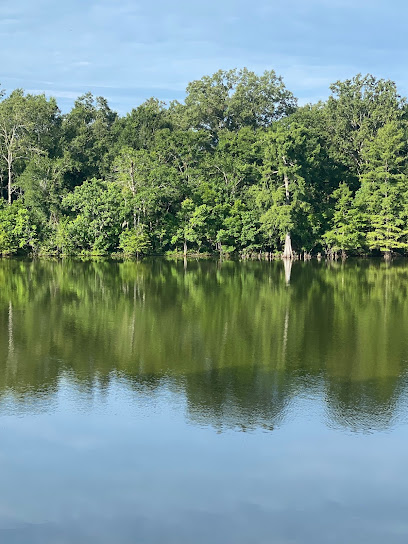
Pass A Loutre State Wildlife Management Area
Explore the serene landscapes and diverse wildlife at Pass A Loutre State Wildlife Management Area, a premier wildlife refuge in Louisiana.
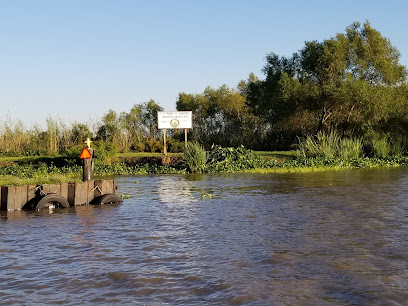
N’awlins Luxury Tours
Explore the magic of New Orleans with N’awlins Luxury Tours, offering bespoke sightseeing experiences in comfort and style.
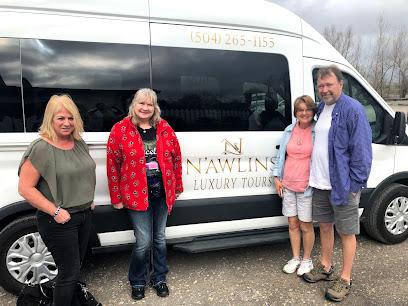
WMA Pearl River WMA Camp Grounds
Discover the tranquility of Pearl River WMA Camp Grounds, a perfect retreat for camping, hiking, and wildlife observation in Louisiana's natural beauty.
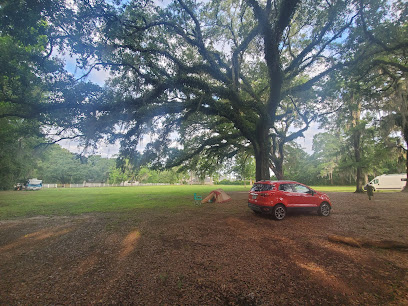
Otis House
Explore Otis House Museum in Madisonville, LA, where history comes alive through captivating artifacts and beautiful architecture in a serene setting.

Timken Wildlife Management Area
Discover the natural wonders of Timken Wildlife Management Area, where diverse ecosystems and abundant wildlife await your exploration in Westwego, Louisiana.
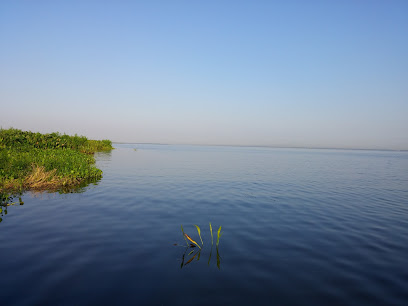
Essential places to dine
Copeland's of New Orleans
Experience authentic Cajun and Creole flavors at Copeland's of New Orleans - a culinary delight in Slidell.
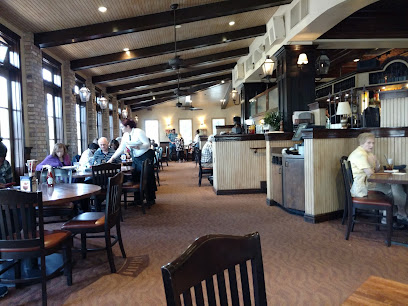
Pearl River Wildlife Management Area
Explore the tranquil Pearl River Wildlife Management Area - a lush haven for wildlife enthusiasts in Louisiana's stunning landscapes.

Pearl River Wildlife Management
Explore Pearl River Wildlife Management - A Nature Lover's Paradise in Louisiana with Diverse Wildlife and Scenic Trails.
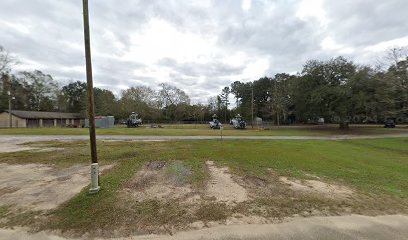
Markets, malls and hidden boutiques
Pass A Loutre State Wildlife Management Area
Explore the breathtaking Pass A Loutre Wildlife Management Area, a sanctuary of nature filled with diverse wildlife and stunning landscapes in Louisiana.
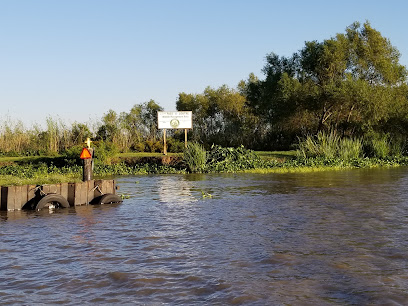
Pearl River Wildlife Management Area
Explore the Pearl River Wildlife Management Area, a Louisiana treasure filled with diverse wildlife, scenic trails, and breathtaking natural beauty.

Pearl River Wildlife Management
Discover the natural beauty and diverse wildlife of the Pearl River Wildlife Management Area in Slidell, Louisiana.
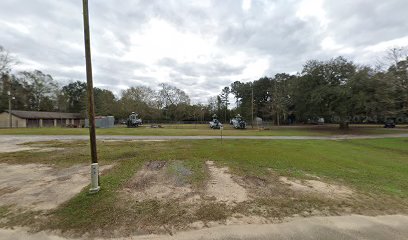
Pearl River Guns
Discover the ultimate destination for sporting goods in Pearl River, Louisiana, with expert advice and a wide selection for outdoor enthusiasts.
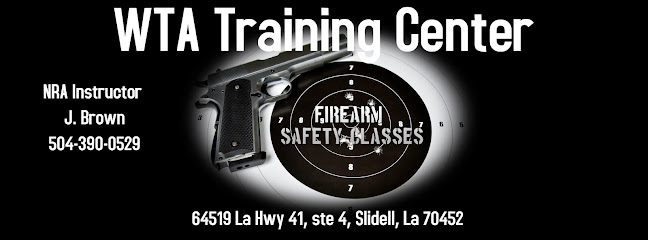
Essential bars & hidden hideouts
Trackside Bar
Discover the lively ambiance of Trackside Bar in Pearl River, Louisiana, where friendly service and great drinks await every visitor.
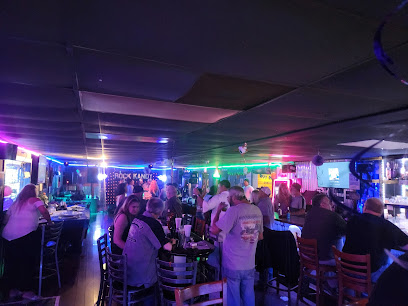
Daiquiri Shack
Discover the vibrant flavors of Daiquiri Shack, a cocktail bar in Pearl River, Louisiana, where every sip transports you to a tropical paradise.
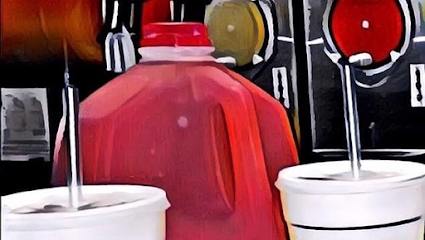
Pearl River Snack Shack
Experience the authentic flavors of Louisiana at Pearl River Snack Shack, where Southern hospitality meets delightful cuisine.
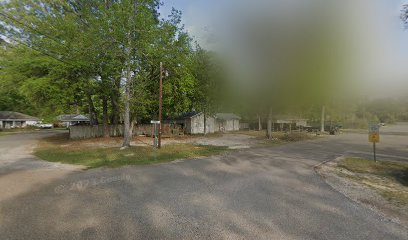
Local Phrases about Pearl River Wildlife Management Area
-
- HelloHowdy
[haw-dee] - GoodbyeSee ya later
[see ya lay-tuh] - YesYeah
[yeh] - NoNah
[nah] - Please/You're welcomePlease/You're welcome
[pleez/yur wel-cum] - Thank youThanks
[thaynks] - Excuse me/SorryPardon me
[par-dun me] - How are you?How y'all doin'?
[hao yahl doo-in] - Fine. And you?Fine. How 'bout y'all?
[fain. hao bout yahl] - Do you speak English?Y'all speak English?
[yahl speek in-glish] - I don't understandI don't get it
[ai dohnt get it]
- HelloHowdy
-
- I'd like to see the menu, pleaseCan I check out the menu?
[kan ai chek out thee menu?] - I don't eat meatI don't eat no meat
[ai dohnt eet no meat] - Cheers!Cheers!
[cheers] - I would like to pay, pleaseCan I settle the bill, please
[kan ai set-el thee bill, please]
- I'd like to see the menu, pleaseCan I check out the menu?
-
- Help!Help!
[help] - Go away!Git!
[git] - Call the Police!Call the Sheriff!
[call thee sheh-rif] - Call a doctor!Call the doc!
[call thee dahk] - I'm lostI'm turned around
[ai'm turnd uh-round] - I'm illI'm feelin' poorly
[ai'm feelin poor-lee]
- Help!Help!
-
- I'd like to buy...I wanna buy...
[ai wanna buy] - I'm just lookingI'm just lookin'
[ai'm just lookin] - How much is it?How much does it cost?
[hao much duhz it cost] - That's too expensiveThat's too pricy
[thats too prahy-see] - Can you lower the price?Can you drop the price?
[kan yoo drop thee price]
- I'd like to buy...I wanna buy...
-
- What time is it?What time is it?
[what time is it] - It's one o'clockIt's one o'clock
[its wun uh-clock] - Half past (10)Half past (10)
[haf past ten] - MorningMornin'
[mornin] - AfternoonAfternoon
[afternoon] - EveningEvenin'
[evenin] - YesterdayYestidy
[yestidy] - TodayToday
[today] - TomorrowTomorra
[tomorra] - 1One
[wun] - 2Two
[too] - 3Three
[three] - 4Four
[four] - 5Five
[five] - 6Six
[six] - 7Seven
[seven] - 8Eight
[ate] - 9Nine
[nine] - 10Ten
[ten]
- What time is it?What time is it?
-
- Where's a/the...?Where's the...?
[wheres thee] - What's the address?What's the address?
[whats thee address] - Can you show me (on the map)?Can you show me (on the map)?
[kan yoo show mee on thee map] - When's the next (bus)?When's the next (bus)?
[whens thee neks bus] - A ticket (to ....)A ticket (to ....)
[uh ticket to]
- Where's a/the...?Where's the...?
History of Pearl River Wildlife Management Area
-
Long before European settlers arrived, the area now known as Pearl River Wildlife Management Area was inhabited by various Native American tribes, including the Choctaw and Biloxi peoples. These tribes thrived in the rich natural environment, utilizing the abundant waterways, forests, and wetlands for sustenance and trade. Their cultural and spiritual connections to the land are still evident in the region's archaeological sites and place names.
-
In the 16th and 17th centuries, European explorers, including French and Spanish adventurers, navigated the waterways of the Pearl River region. The natural resources and strategic location made it an area of interest for colonial powers. Early maps and journals from this period provide valuable insights into the landscape and native populations.
-
During the 18th century, the French and later the Spanish established settlements along the Gulf Coast, including the vicinity of the Pearl River. The fertile land and access to waterways facilitated agriculture and trade. The area saw a mix of cultures as settlers, traders, and enslaved Africans contributed to the region’s development.
-
During the American Civil War, the Pearl River area was strategically significant due to its navigable waterways. Confederate and Union forces both sought control over the region. After the war, the area went through a period of reconstruction and transformation, with changes in land ownership and the economy.
-
In the mid-20th century, the state of Louisiana recognized the ecological and recreational value of the Pearl River region. The Pearl River Wildlife Management Area was established to protect the area's diverse habitats, including bottomland hardwood forests, swamps, and marshes. This designation has helped preserve the area's natural beauty and provided opportunities for hunting, fishing, and wildlife observation.
-
Over the years, the Pearl River Wildlife Management Area has faced various environmental challenges, including pollution, habitat loss, and the impacts of hurricanes. Conservation efforts have been ongoing to protect and restore the area's ecosystems. These efforts include habitat restoration projects, pollution control measures, and public awareness campaigns to ensure the sustainability of the region.
Pearl River Wildlife Management Area Essentials
-
Pearl River Wildlife Management Area (WMA) is located in southeastern Louisiana, near the Mississippi state line. The nearest major city is New Orleans, which is approximately 50 miles southwest of the area. To get to the WMA, you can fly into Louis Armstrong New Orleans International Airport (MSY) and then rent a car or take a taxi. From New Orleans, take I-10 East to I-59 North, and then take Exit 11 for LA-1090. Follow the signs to the Pearl River WMA.
-
Given the vastness and natural setting of the Pearl River WMA, having your own vehicle is highly recommended. There are no public transportation options directly serving the area. A 4x4 vehicle can be particularly useful for navigating some of the more rugged trails and unpaved roads. Taxis and ride-sharing services are limited in this rural area, so plan accordingly.
-
The official currency is the United States Dollar (USD). Credit and debit cards are widely accepted in nearby cities like New Orleans, but services within the WMA itself are limited. It's advisable to carry cash for any small purchases or fees that might arise, such as entrance fees or local vendor purchases. ATMs are available in nearby towns such as Slidell, but not within the WMA.
-
Pearl River WMA is generally safe for tourists, but standard precautions should be taken. The area is remote, so always let someone know your plans and estimated return time. Be cautious of wildlife, such as alligators and snakes, and be aware of your surroundings. Crime rates are low within the WMA, but it's always best to lock your vehicle and secure your belongings. Avoid wandering into unfamiliar areas at night.
-
In case of emergency, dial 911 for immediate assistance. Cellular service can be spotty, so it is wise to have a map and compass as backup. Carry a first aid kit for minor injuries. The nearest medical facilities are in Slidell, approximately 20 miles away. It is recommended to have travel insurance that covers medical emergencies and outdoor activities.
-
Fashion: Do dress in layers and wear sturdy shoes suitable for hiking. Avoid wearing open-toed shoes due to the presence of wildlife and rough terrain. Religion: There are no specific religious customs to be aware of, but always respect the natural environment. Public Transport: There is no public transport within the WMA. Plan to drive yourself. Greetings: Do greet fellow hikers and visitors with a friendly nod or wave. Eating & Drinking: Do bring your own food and water, as there are no dining facilities within the WMA. Carry out all trash to keep the area clean.
-
To experience Pearl River WMA like a local, consider visiting during the off-peak seasons for a quieter experience. Engage with local wildlife experts or join a guided tour to learn more about the flora and fauna. Bring binoculars for bird-watching and a camera to capture the scenic beauty. Fishing is popular in the area, so bring your gear if you have a license. Always check local regulations for hunting and fishing seasons.
Nearby Cities to Pearl River Wildlife Management Area
-
Things To Do in New Orleans
-
Things To Do in Gulfport
-
Things To Do in Biloxi
-
Things To Do in Hattiesburg
-
Things To Do in McComb
-
Things To Do in Houma
-
Things To Do in Petaluma
-
Things To Do in Baton Rouge
-
Things To Do in Mobile
-
Things To Do in Fairhope
-
Things To Do in Daphne
-
Things To Do in Gulf Shores
-
Things To Do in Foley
-
Things To Do in Orange Beach
-
Things To Do in Natchez








